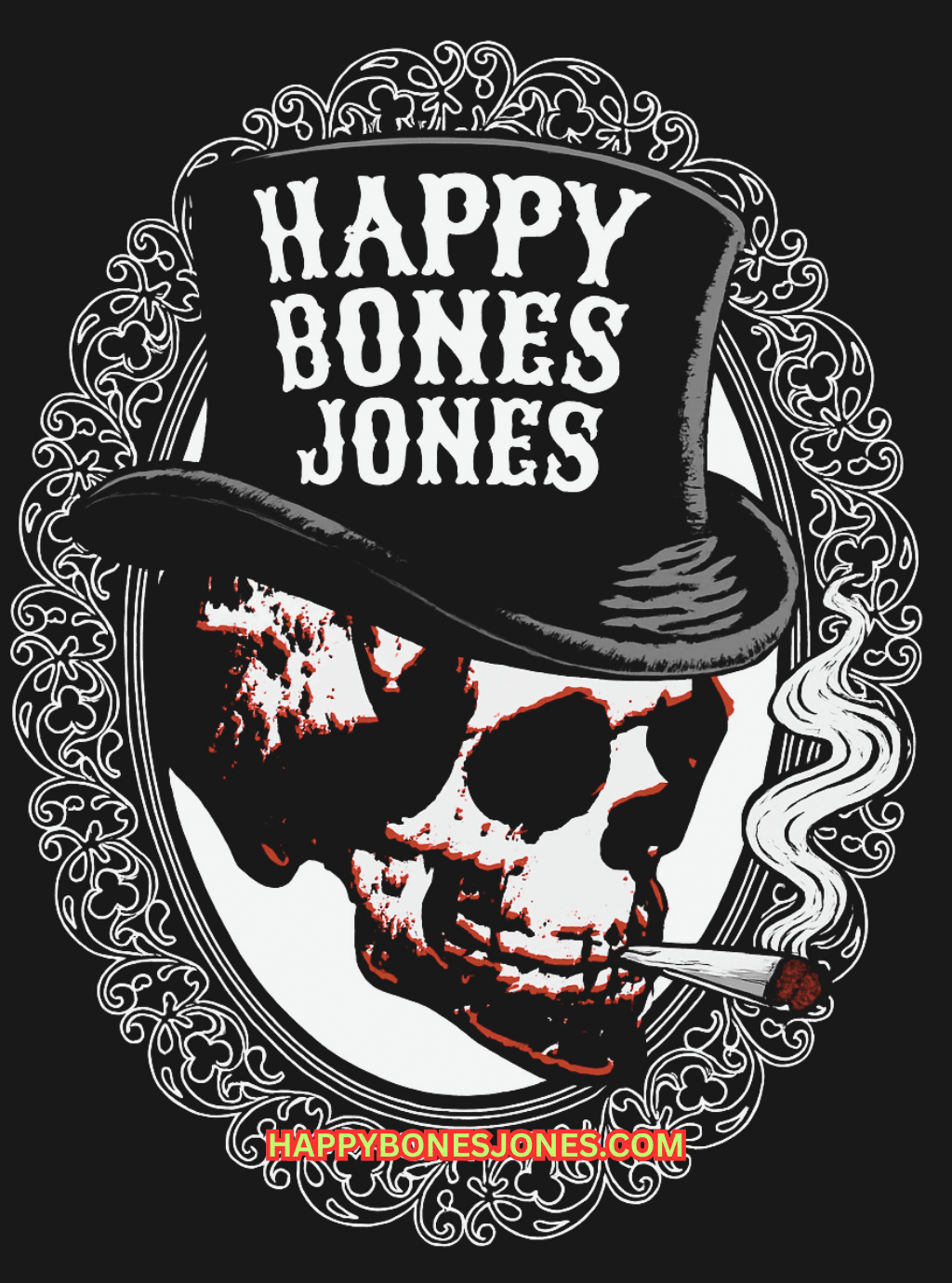The History of Stand-Up Comedy: From Vaudeville to Viral Videos
The Birth of Stand-Up Comedy: Vaudeville
Stand-up comedy as we know it today has its roots in the vaudeville shows of the late 19th and early 20th centuries. Vaudeville was a type of entertainment that featured a variety of acts, including musicians, dancers, magicians, and comedians. These shows were incredibly popular and served as a training ground for many early stand-up comedians. Performers like Charlie Chaplin and Buster Keaton honed their comedic skills in vaudeville before transitioning to film.
Vaudeville comedians often relied on physical humor and slapstick comedy, but they also began to experiment with monologues and joke-telling. This evolution marked the beginning of stand-up comedy as a distinct art form. The transition from physical comedy to verbal wit set the stage for future generations of comedians.

The Rise of Nightclubs and the Golden Age
As vaudeville began to decline in the 1930s, nightclubs emerged as the new home for stand-up comedy. These intimate venues allowed comedians to connect with audiences on a more personal level. The 1940s and 1950s are often referred to as the Golden Age of stand-up comedy, with legendary performers like Bob Hope, Jack Benny, and Milton Berle becoming household names.
During this era, comedians started to develop their unique styles and personas. They moved away from the vaudeville tradition of rapid-fire jokes and began to craft longer, more elaborate routines. This period also saw the rise of television, which provided a new platform for comedians to reach wider audiences.
The Counterculture Movement and Comedy Clubs
The 1960s and 1970s brought significant changes to stand-up comedy, influenced by the counterculture movement. Comedians like Lenny Bruce, George Carlin, and Richard Pryor pushed the boundaries of what was considered acceptable in comedy. They tackled controversial topics such as politics, race, and religion, paving the way for future generations of comedians to explore more profound and provocative themes.

During this time, dedicated comedy clubs began to emerge, providing comedians with a space to experiment and refine their material. Clubs like The Comedy Store in Los Angeles and The Improv in New York City became breeding grounds for comedic talent, launching the careers of many famous comedians.
The Stand-Up Boom of the 1980s
The 1980s saw an explosion in the popularity of stand-up comedy. Comedy clubs proliferated across the United States, and cable television networks like HBO began to air stand-up specials. This era produced a new generation of comedy stars, including Eddie Murphy, Robin Williams, and Jerry Seinfeld.
Stand-up comedy became a lucrative career option, and comedians started to gain mainstream recognition. The success of television shows like "Seinfeld" and "The Tonight Show" further cemented stand-up comedy's place in popular culture.

The Digital Age: From Comedy Clubs to Viral Videos
The advent of the internet and social media has revolutionized stand-up comedy once again. Platforms like YouTube, Instagram, and TikTok have given comedians new ways to reach audiences worldwide. Viral videos and online content have become essential tools for comedians to build their brands and gain followers.
Comedians like Bo Burnham and Ali Wong have leveraged online platforms to achieve mainstream success. The digital age has democratized comedy, allowing aspiring comedians to showcase their talent without needing to perform in traditional comedy clubs.
The Future of Stand-Up Comedy
As technology continues to evolve, so too will the world of stand-up comedy. Virtual reality and augmented reality may offer new ways for comedians to engage with audiences. Despite these changes, the core of stand-up comedy remains the same: a performer, a microphone, and an audience ready to laugh.
From its humble beginnings in vaudeville to its current status as a global phenomenon, stand-up comedy has continually adapted to the times. The future looks bright for this ever-evolving art form, promising new opportunities for comedians and endless laughter for audiences around the world.

